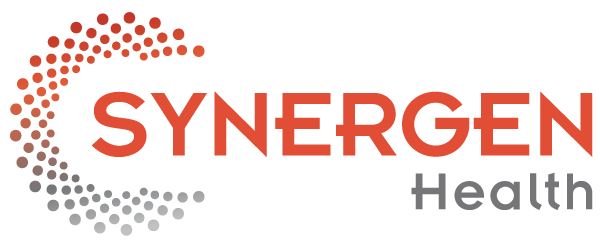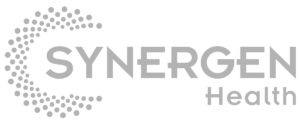By : Mel Gunawardena
Managing Partner, SYNERGEN Health
 As more healthcare providers transition to value-based medicine, the bundled payment model is rapidly gaining popularity. According to a June 2018 report, 150 million U.S. patients are expected to be enrolled in a value-based coordinated care program by 2025. But according to a recent survey, 57% of health plan executives report that physicians do not have the tools to be successful in the value-based care model.
As more healthcare providers transition to value-based medicine, the bundled payment model is rapidly gaining popularity. According to a June 2018 report, 150 million U.S. patients are expected to be enrolled in a value-based coordinated care program by 2025. But according to a recent survey, 57% of health plan executives report that physicians do not have the tools to be successful in the value-based care model.
As providers look to invest in technology solutions for their organization, they need to ensure the solutions provide them with the best return on investment before, during and after the transition to value-based care.
Big data in healthcare offers providers the ability to identify gaps in care and opportunities to increase efficiencies and quality of care. By leveraging the abilities of predictive analytics, providers can closely monitor risks, costs and quality, as well as their impact on reimbursements. Predictive analytics can augment population health and RCM analytics by analyzing dependencies between cost and quality under different payment models.
KEY AREAS OF OPPORTUNITY
Value-based reimbursements are connected to clinical outcomes. Due to the potential of a patient’s care stretching across several organizations that are part of a care team, the reimbursement timeline is often slower than the fee-for-service (FFS) or volume-based reimbursement timeline.
By identifying and managing potential areas of revenue leakage, providers can efficiently and effectively address their revenue cycle management (RCM) challenges to overcome complex reimbursement processes.
- Value-based performance analytics and forecasting: Quality and cost metrics are included in value-based contracts that can affect reimbursements. Value-based performance analytics can provide insight into the influence of quality metrics on providers’ revenue. Predictive analytics can assist with forecasting and monitoring revenues under a mix of both FFS and value-based payment models.
- Integrated financial and clinical risk analytics: Organizations need to assess financial viability of new and existing service lines by comparing the quality outcomes and costs of care. This requires quantifying reimbursement data along with clinical and quality data. Predictive analytics can assist organizations in analyzing data sets to forecast revenues and profitability under different quality outcomes.
- Denial prediction: Payer guidelines are consistently transformative. In addition to prioritizing claims, organizations can also anticipate denials and address reimbursement delays in a timely and effective manner.
- Contract monitoring: Performance analytics can help organizations actively manage reimbursements against contracts and identify potential outliers. Performance analytics can assist with identifying the root cause for issues related to quality, costs and revenue.
UNDERSTANDING PATIENT POPULATION
When provider groups commit to value-based programs with incentives aligned to their patient population, not only will patients’ overall health improve, but providers can also optimize and maximize their potential revenue. The benefits of improved care, efficiency and cost are realized through determining the correct advanced analytics solution to fit the practice’s needs.
Healthcare organizations can gain a holistic view of cost and create better care plans through calculating current patient demographics, payer mix and risk profiles. Predictive analytics can provide actionable insights on preventive and anticipated care measures, as well as the revenue impact of implementing a value-based reimbursement model for specific payers.
This data is vital for teams creating care plans driven by better outcomes while anticipating the impact on revenue. Predictive analytics can assist providers in projecting individual patient costs per month and identifying those with an elevated risk for readmission.
Use of clinical decision support tools that help eliminate wasteful processes aid in enhancing patient care and maximizing potential revenue margins. Because patient care can stretch across several members of a care team, it is important for shared understanding of the patient care plan, along with the ability to share and access patient information including medical records, correspondence and claims
EMBRACING, SEEKING NEW ANALYTICS
While transitioning to value-based care, organizations often straddle both quality and quantity care reimbursement models. Financial success requires insight into payer mix and where patients fall into respective payment models and the changes caused in the reimbursement cycle affecting future revenue.
Real-time data and analytics are essential in determining areas where a healthcare organization can improve, as well as how changes in payment models can affect the organization. By tracking key performance indicators (KPIs), hospitals and physician groups can use machine learning to assist in prioritizing resources based on the strengths and weaknesses of their revenue cycle.
The abilities of machine learning and predictive analytics can increase efficiencies and cost savings for healthcare organizations. A robust health information technology solution can alleviate administrative burdens and address revenue leakage while enhancing patients’ overall health.

